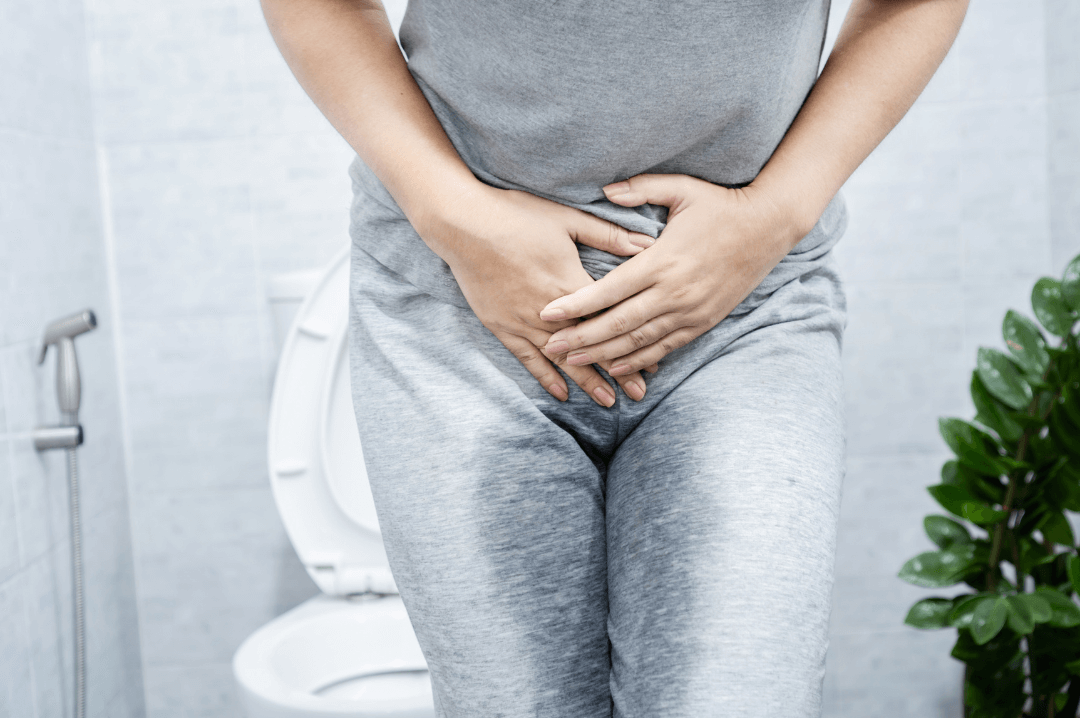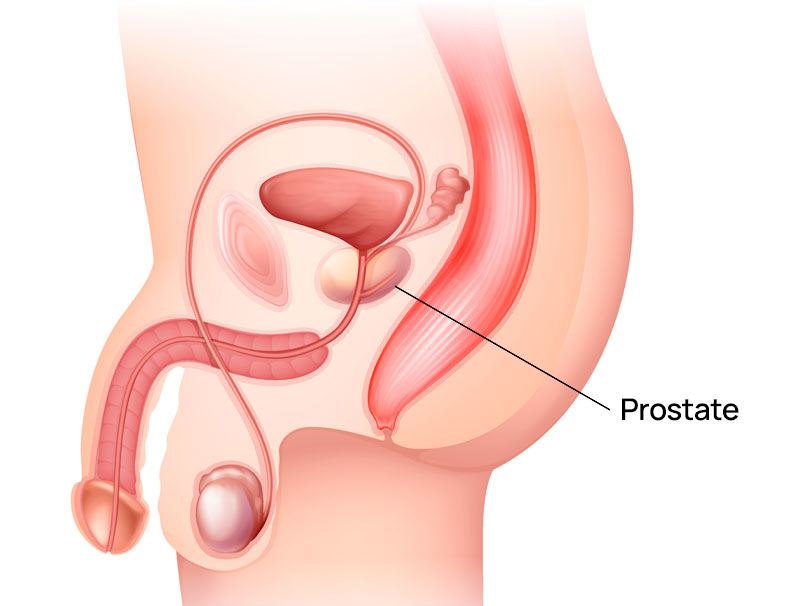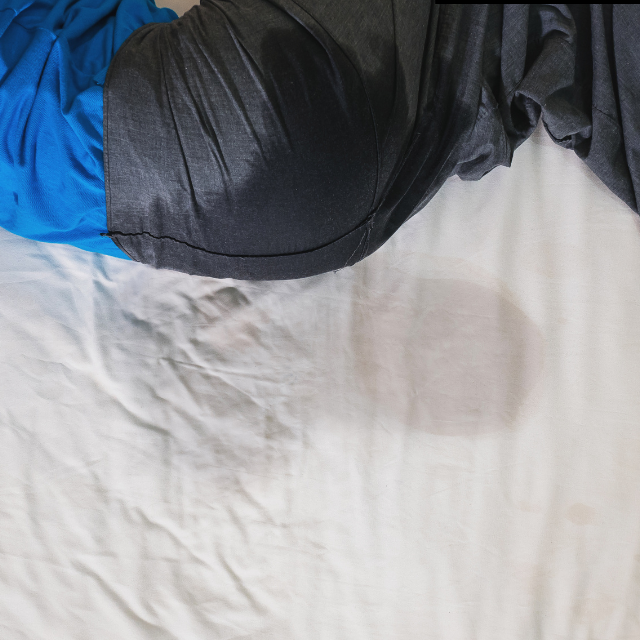Overactive Bladder: Understanding Symptoms, Causes, and Diagnosis
Overactive bladder is a symptom complex manifesting as the sudden and frequent need to void, often accompanied by involuntary leakage. It significantly affects daily activities, work, and social activities, but symptoms are manageable with the right treatment and changes in life.
Overactive Bladder Symptoms
Urgency: A sudden need to urinate that is difficult to control.
Frequent Urination: The individual urinating more than eight times a day within a 24-hour period and/or at night multiple times. Nocturia can also be manifested.
Urging Incontinence: Unintentional leaking of urine following a strong feeling of needing to void or urinate.
Causes of Overactive Bladder
In general, causes of OAB are related to involuntary contractions of the bladder muscle. The following may be contributing factors:
Neurological disorders: Diseases like Parkinson's disease, stroke, or multiple sclerosis impeding control over the bladder.
Abnormalities of the Bladder: These include stones, tumors, or overactive sensitivity of the bladder.
Hormonal Changes: Especially among postmenopausal women.
Medications: Some drugs used that increase urine production or affect the functioning of the bladder.
Urinary Tract Infections: Generally temporary bladder irritation resulting from infection.
Lifestyle factors: Such as excess caffeine intake or even excess alcohol, which might further irritate the bladder.
Overactive Bladder Diagnosis
To diagnose OAB, healthcare providers usually conduct the following:
Medical History Review: The review of symptoms and some life habits and conditions.
Physical examination: A pelvic exam in women and a prostate exam in men would be performed.
Urinalysis: This test can detect an infection or blood in the urine.
Bladder Diary: Record patterns of urination, fluid intake, and leakage episodes.
Urodynamic Tests: These assess the functioning of the bladder and the flow of urine.
Imaging Studies: Ultrasound or MRI to identify structural abnormalities.
When to Get Help
If symptoms of OAB interfere significantly with daily functioning or, more importantly, are sufficiently distressing, one seeks medical attention. Early management will help improve the patient's quality of life, and complications may be halted.
Managing OAB
Treatment options are varied, from lifestyle modification, pelvic floor exercises, to medications, and, in very few instances, surgical. All the options should be discussed with your doctor to decide which is the best for a particular individual. Overactive bladder is common and treatable; do not hesitate to seek support!



